

The Patek Philippe Henry Graves goes for $24 Million on the auction block !!!
Going, going, gone! Record broken…. that gavel strike will be anchored forever in the history of watch auctions …. and of the Vallée de Joux, which is where the Supercomplication was born. Here is the "making-of" under the watchful eye of Philippe Dufour, just prior to the auction at Sotheby's.
The Espace Horloger in Sentier, the Museum of Watchmaking of the canton of Vaud, will be highlighting the fabulous Henry Graves in 2015. The mythical watch will be shown in light of the watchmakers who actually manufactured the piece in the Vallée de Joux... Ding, ding, ding … the digital minute repeater that serves as an alarm on my smartphone just started ringing. Today, we will be meeting a great start of horology!
3D shooting
Sotheby's Geneva harbors a sizable number of timepieces at auction time. But when this special guest showed up for the block on November 11, the excitement was general and palpable. The team of the Horological Museum (Espace Horloger) of the Vallée de Joux heard of it and decided to seize the opportunity to examine this watch by turning itself into a film team.
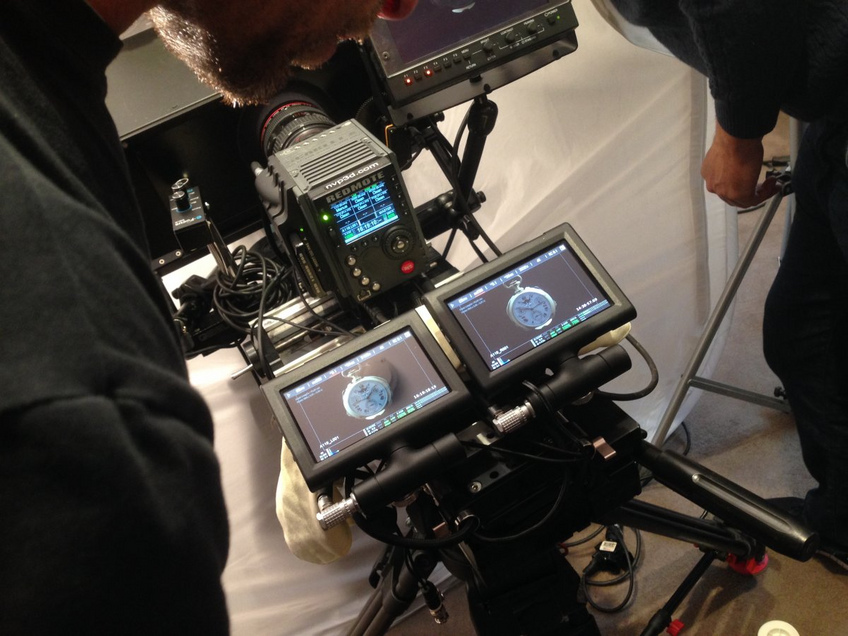
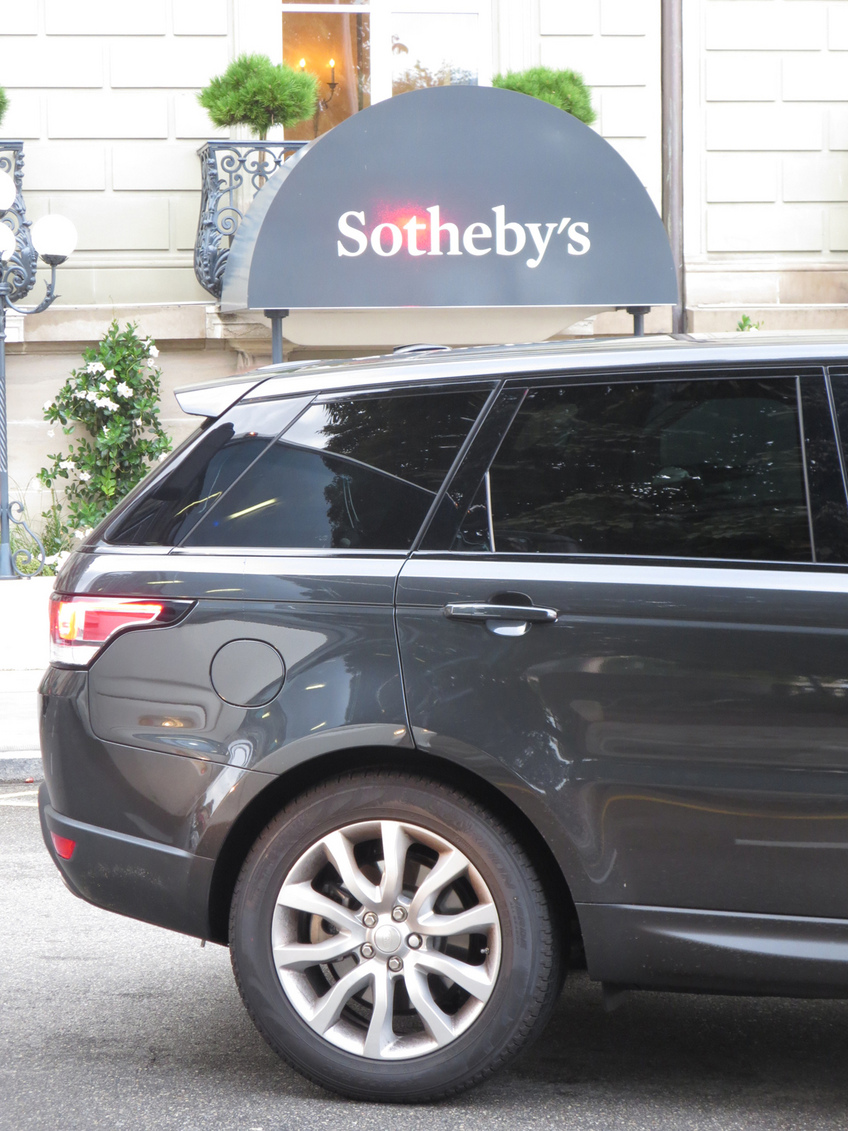
While waiting for the camera team in Sotheby's improvised studio, let us take a look at the star of the cast: this watch, commissioned from Patek Philippe in the 1920s by the wealthy American banker Harry Graves Jr., was manufactured in the Vallée de Joux by illustrious craftsmen. In 1999, it earned the highest bid ever for a watch. But the question remains: how did those watchmakers, who had just risen from the humble state of "peasant-watchmakers" manage to create such a piece?
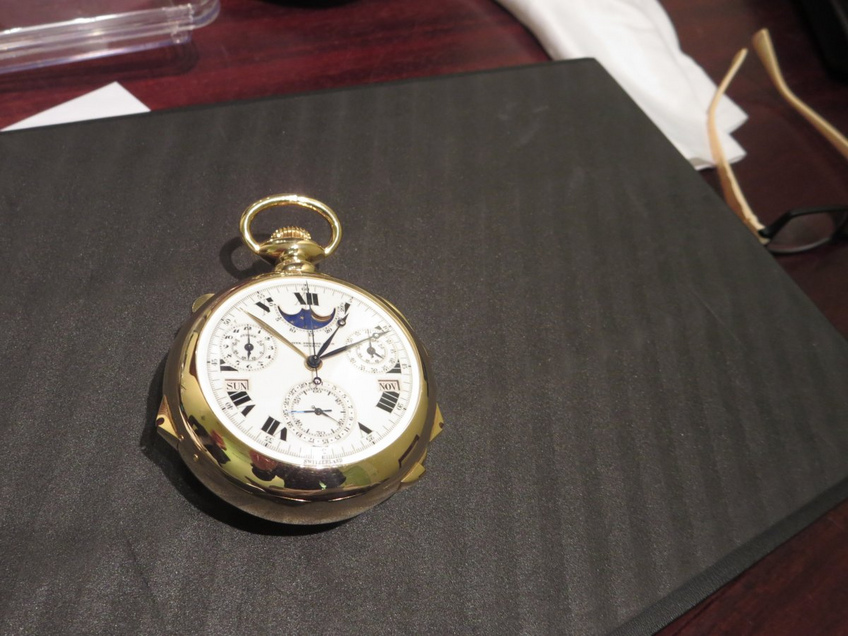
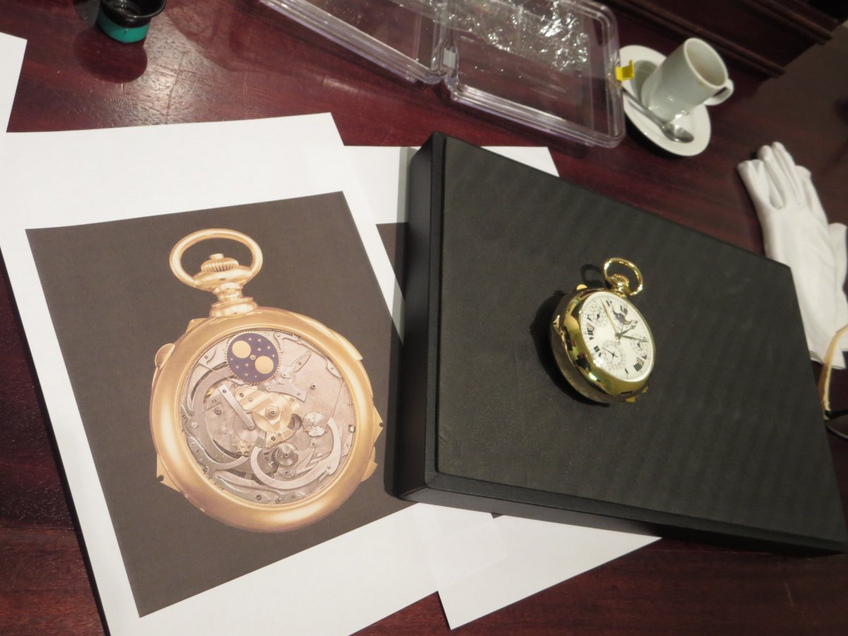
The glorious moment of Victorin Piguet, watchmaker
Even though watchmaking skills arrived relatively late in the Vallée de Joux, in comparison to other hubs of Swiss horology, the local watchmakers do have a very good reputation. Early on in their history, they provided cheap labor for the watchmakers in Geneva. They worked and experimented by making components and ébauches, or kits, for movements that were known as blancs, or blanks. Some enterprising souls concerned about how things were evolving in the valley, gradually conceived of greter things and then contributed to the success of the local watchmaking crafts. One of those was Louis Audemars and his sons. They concentrated all the crafts needed in the valley to make an entire watch. This is how the first of the so-called Combières dynasties came into being.
As a descendant of these pioneers, Victorin Piguet was about to experience his moment of glory.
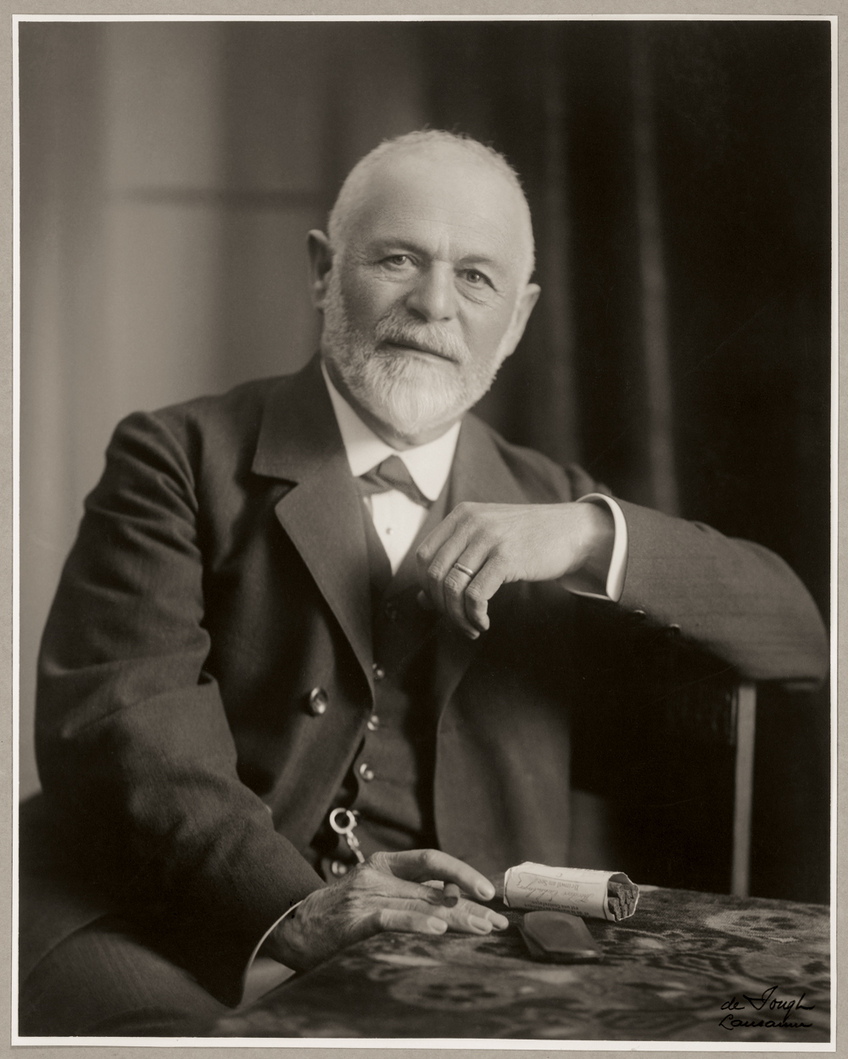
The workshops known as the Fils de Victorin Piguet were distantly related to the Piguets of Audemars fame. They were known throughout the valley, however, for having produced some of the world's most complicated pieces. The Graves watch is one of them. With the help of other craftsmen in the Vallée de Joux, these Piguets from the town of Sentier made the mechanisms and the many complications that could fit into a watch. Their history began essentially in 1850 with the birth of Victorin Emile Piguet. He was the son of a watchmaker and became a teacher at the watchmaking school of the Vallée de Joux and Geneva as well. During his professional life, he worked with members of his family or alone. In 1872, he founded and managed the workshop known as "Victorin Piguet et Frères," which changed names several times depending on its associations. His sons, Jean Victorin and Paul Piguet, took over in 1920, at which point the business was named "Les Fils de Victorin Piguet."
Jean Victorin died in 1949, and his son, in turn – the grandson of Victorin – continued producing complicated timepieces exclusively for brands like Patek Philippe, Vacheron Constantin, Breguet, Audemars Piguet, and many more, always using traditional artisanal means. So, between 1925 and 1933, there were actually three generations of watchmakers involved in producing the Graves watch. Working in their premises in Sentier, Victorin, his sons Jean and Paul, and his grandson Henry-Daniel produced the time-setting mechanism and a number of other details. But they were not the only craftsmen involved in the process of manufacturing the watch. For such a masterpiece to be born required the toil of the many specialists from the Vallée. From le Brassus to Brioux and passing by Corsier-sur-Vevey, it was the likes of Michel Piguet, David Nicole, Louis Rochat-Benoit, Luc Rochat, Juste Aubert and Paul Golay who manufactured the many parts of the complication mechanisms as well as the gold case.
The ultimate complexity of the Henry Graves
The watchmaker, Philippe Dufour, is a worthy descendant of this particular horological tradition. He came down from the valley to have a close look at this piece and , above all, to admire it. A unique event in a watchmaker's career. Dufour is the member of the Horological Commission of the Horological Museum, and his support in such cases can be very valuable. After all, there are so many buttons and pushers on this timepiece!
The Harry Graves looks like a classic pocket watch, but it is of extreme complexity. The first particularity: it has two faces, as it were, so as to allow for the display of a wealth of information. The regular dial side looks classical. The time is shown quite normally but is rounded off by a split-second chronograph. Then there are a number of subdials and secondary apertures at 12, 6, 2, 3, 9 and 10 o'clock: totalizers for the chronograph's hours and minutes, for the repeater's power reserve indicator, and the hour mechanism, and all the indications related to the perpetual calendar. And there is a moon phase, day, month and year, which are always accurate, regardless of the length of each month or the leap years. Things get even more complicated on the other side. The dial here features all the elements needed for sidereal time. In addition to 24 hour indices, it has been opened up to show a magnificent map of the sky representing the stars and the constellations observable from Central Park. Equation of time appears on a subdial, as well as sunrise and sunset.
This is just the visible part. The watch also has audible elements. Because the Henry Graves actually speaks. Proof is the host of buttons that surround the case. These pushers activate the minute repeater with Westminster chimes, which duplicate in sound the time displayed on the dial using the musical theme of the clock that broadcasts the time over the British Parliament. Some pushers are used to activate the grande sonnerie and the petite sonnerie, which rings out the time as it passes, in contrast to the minute repeater, which rings on demand. They can also set the alarm. And there are the pushers that are connected to the chronograph and those to adjust and set the different displays on the watch. One might easily get very confused, were it not for the presence of one of the greatest watchmakers alive, Philippe Dufour.
This exceptional features meant that Patek Philippe could qualify its watch as "supercomplicated." For 56 years, it remained the world's most complicated watch, a ranking it lost only to watches made with the help of computers and machines.
In the hands of a worthy successor, Philippe Dufour
After examining the file with Philippe Dufour, Vincent Jaton, director and curator of the Horological Museum respectively, as well as Marie Stauffer, in charge of the sales catalogues at Sotheby's, the film team was finally ready.
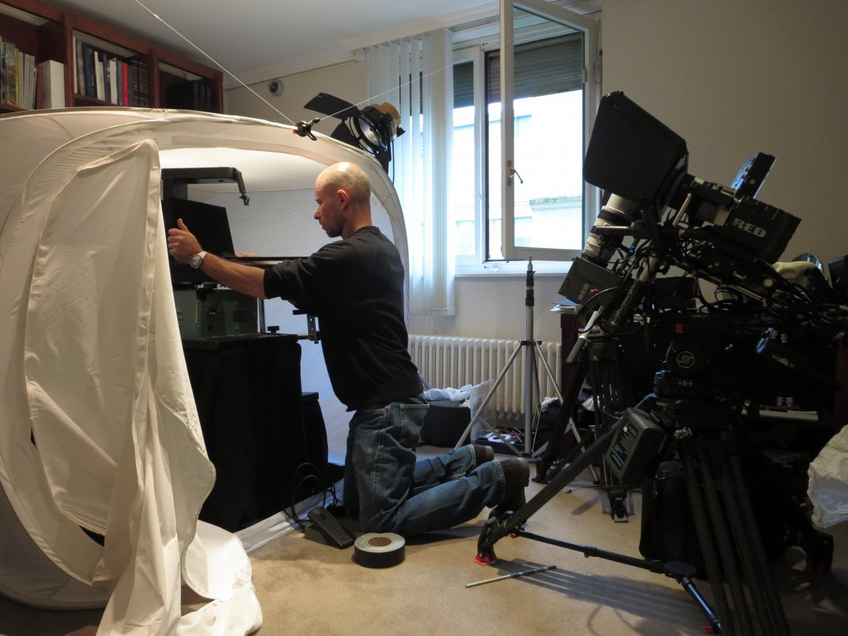
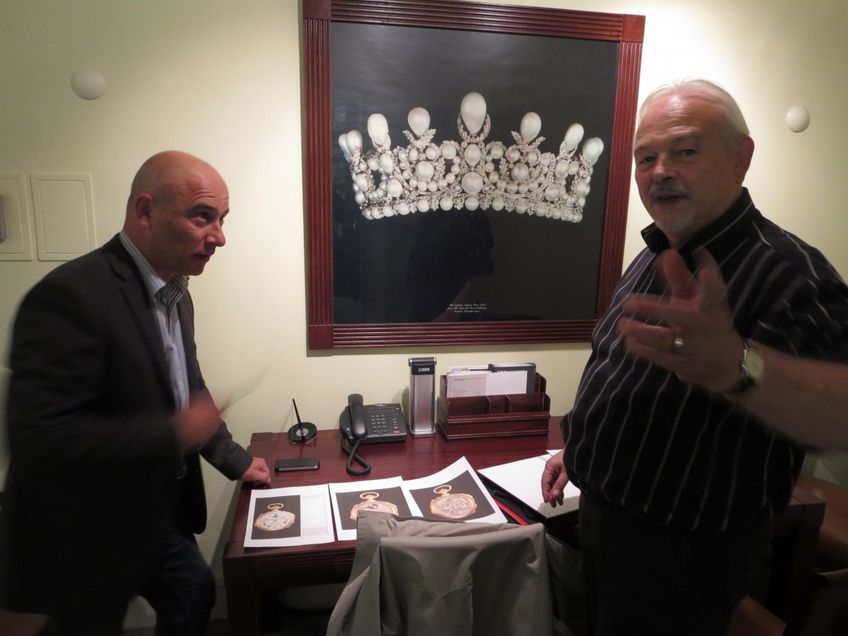
Everyone waited with baited breath. The security guards were at arms, the only thing missing was the star itself. And it arrived, escorted by Marie Stauffer.
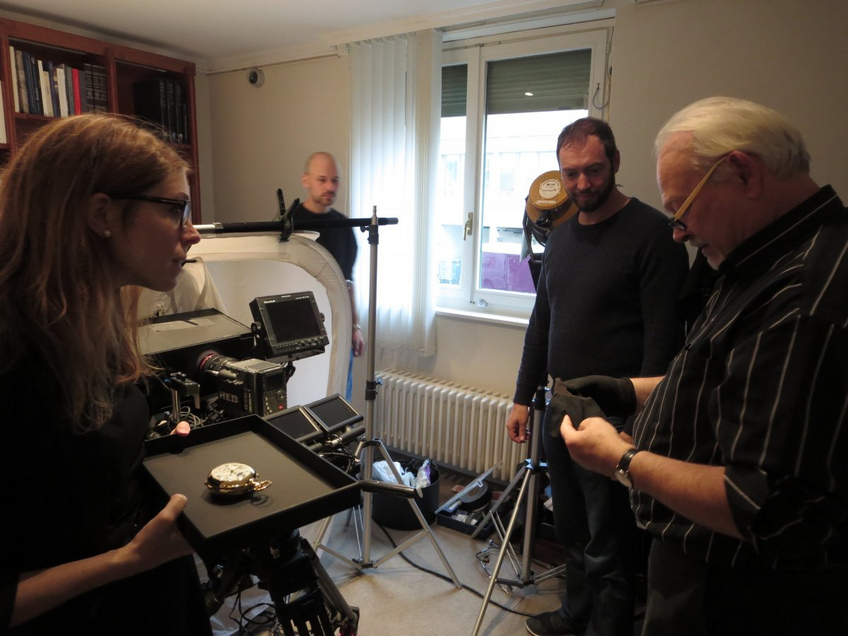
She unpacked it gently on the table under the impatient gaze of all the visitors. Besides all he complications, there is another thing that strikes one when seeing this piece in the flesh: its great thickness that was needed to contain all its attributes.
Philippe Dufour takes over. After a minute of silence, during which he observes the watch with religious intensity and without touching it, Dufour begins his horological exegesis. He puts on his gloves and begins to explain what is expected of this horological star.
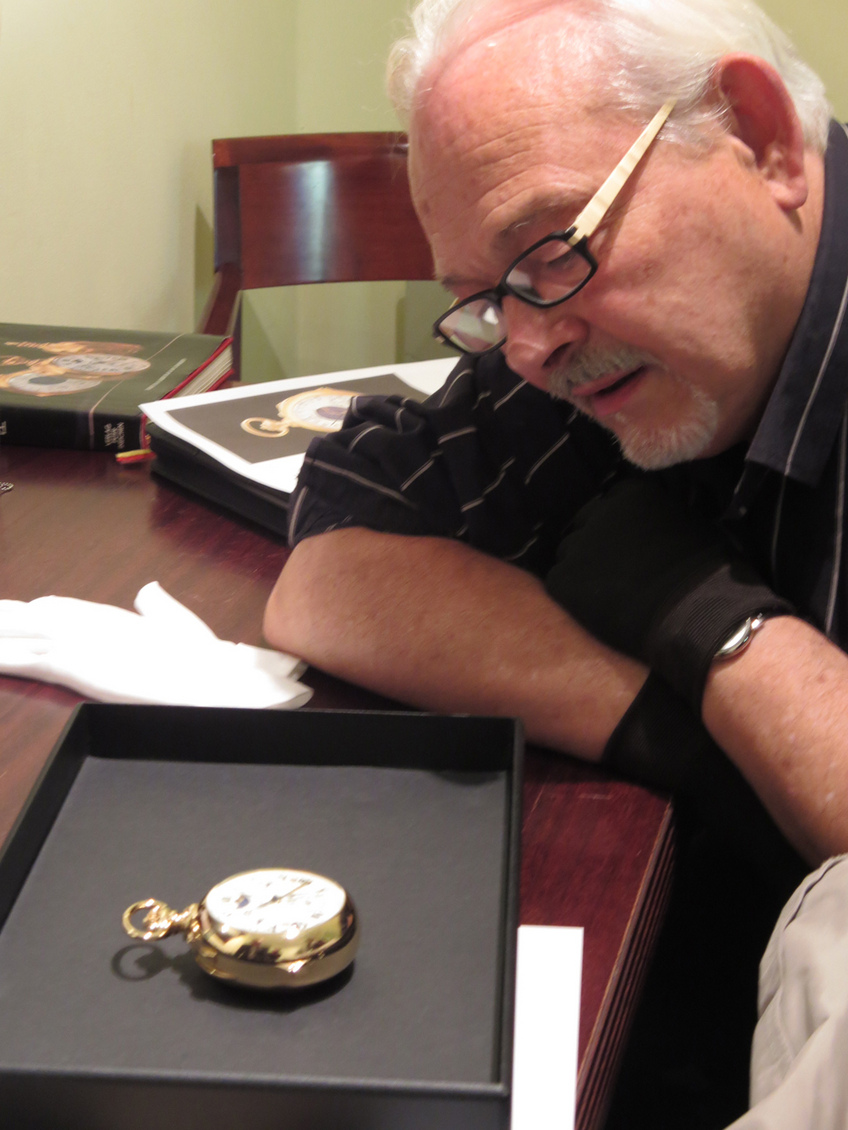
Like any star, this one sets certain conditions, shows its capricious sides. Once the debriefing has been taken care of, it's time to start the stage work. A day's worth of Hollywood-like shooting in the Sotheby offices.
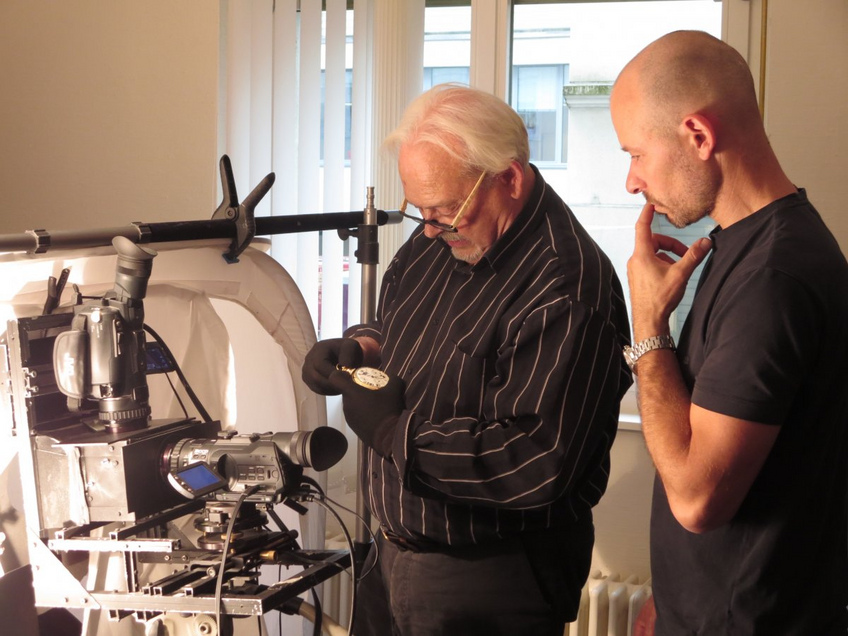
La Graves is flighty, indeed. She does not let herself be filmed as intended. She shines too much, and in spite of his great professionalism, the camera technician does have problems eliminating all the reflections.
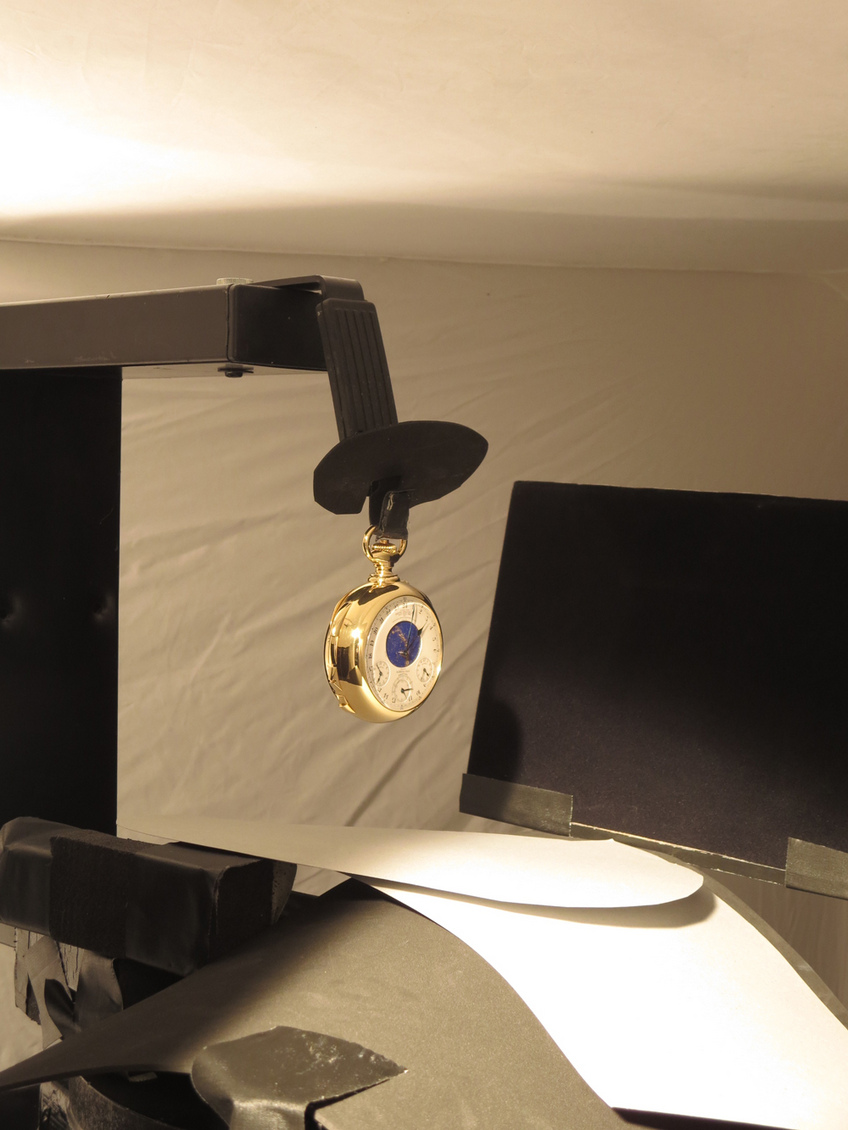
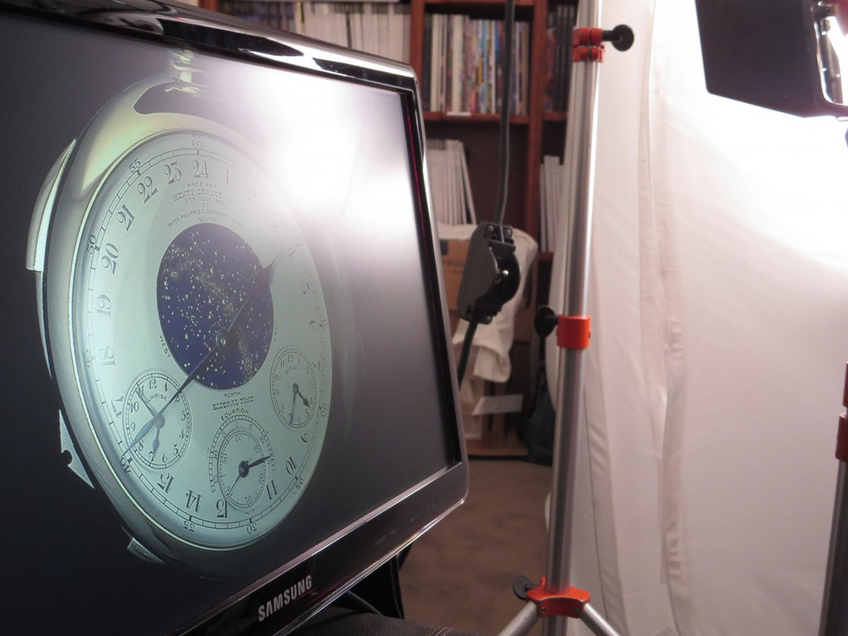
«It's a Graves moment!» quips Philippe Dufour. "We must let her settle down a bit." Time for the Graves to take a break. Throughout the entire morning it rang and rang and played without a break
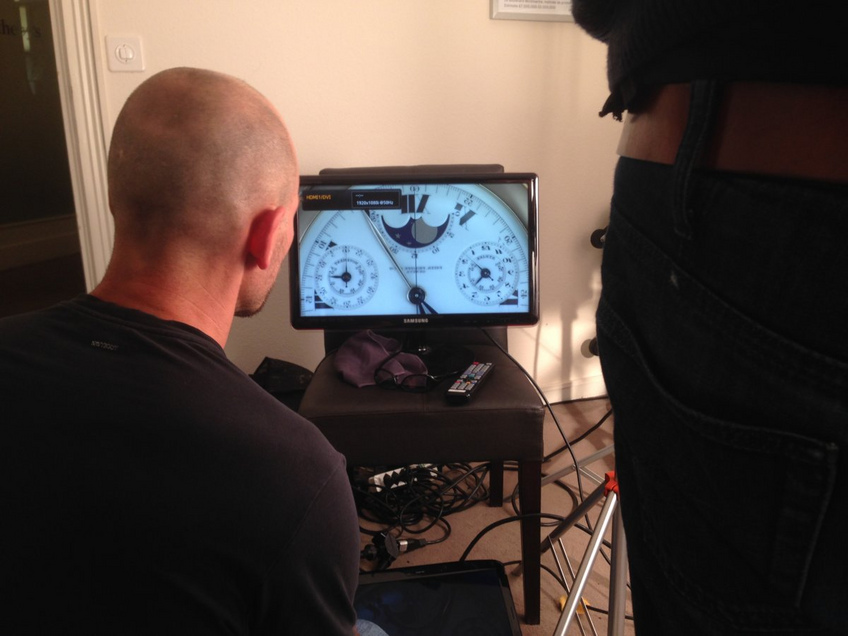
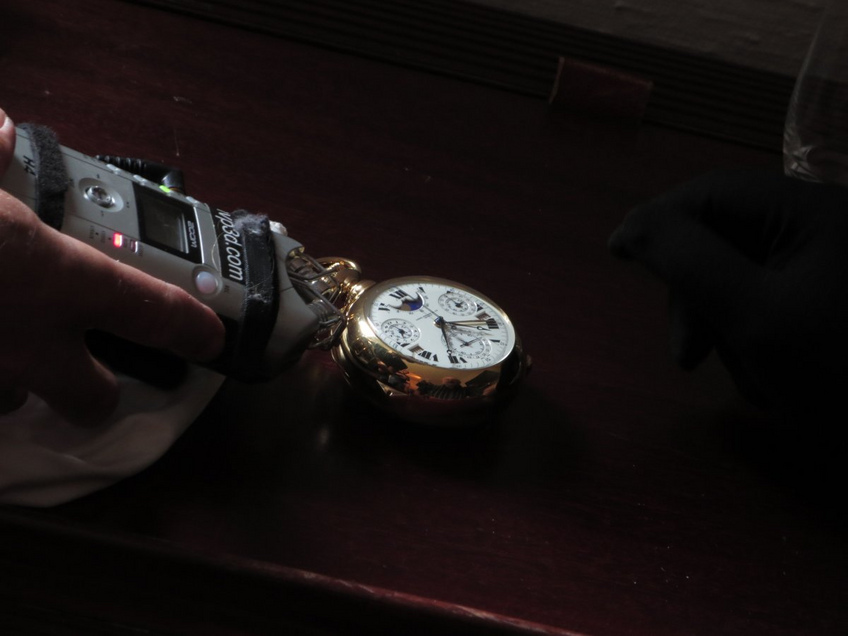
And so it goes back to rest in its secured lodge, and the team takes the opportunity to find some lunch before starting to film again.
Will it return to the Valley in 2015?
At table, the chatter is euphoric and many a subject matter is broached. The main one is the future temporary exhibition at the Horological Museum. It is to be pedagogical, experimental and interactive. Of course, it will give the illustrious watchmakers from the Vallée de Joux an opportunity to become known beyond the valley's frontiers. It will also reinforce the reputation of the area and its watchmakers, whose rich history continues to this date. Will the Henry Graves be on display in May 2015 for the inauguration? The idea makes some happy, while others break out in a cold sweat. But all agree on one thing: the watch's soul never left the valley. It is still present in the heart of the local craftsmen.


